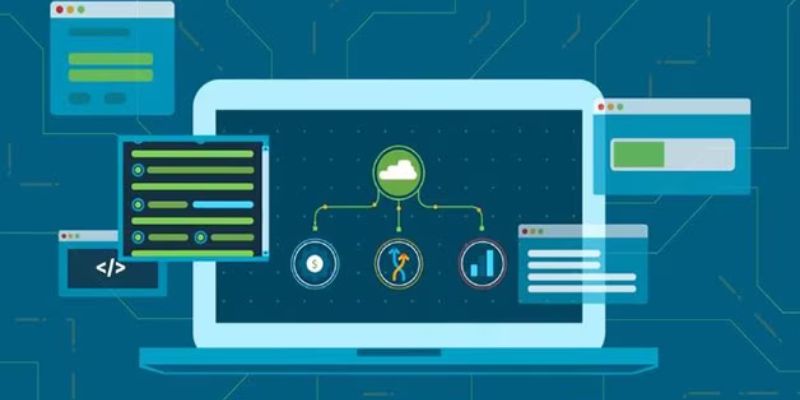How Edge Computing is Transforming Data Management?
In today’s digital environment, where data is sometimes referred to as the new oil, the advent of edge computing represents a transformational force that is changing the way we handle and use data. Edge computing signifies a dramatic shift away from the old centralized data processing paradigm toward a decentralized approach, bringing computation and data storage closer to the point of data production. As the technology gains traction, it is crucial to investigate its impact on data management practices. In this blog, we will explore How Edge Computing is Transforming Data Management. Unlock your Data Science potential! Embark on a data science journey with our Data Science Course in Chennai. Join now for hands-on learning and expert guidance at FITA Academy.
What is Edge Computing?
Simply put, edge computing involves processing data at the network’s edge, where it is generated, rather than relying on a centralized data processing warehouse or cloud. This method significantly reduces latency, improves real-time processing capabilities, and addresses bandwidth limits. It is suitable for data applications that require fast response times, such as IoT devices, autonomous cars, and smart sensors.
Here are some key features of edge computing:
- Proximity to data generation: Edge computing is the process of placing computer resources such as servers, storage, and networking equipment closer to where data is created.
- Decentralized architecture: Edge computing utilizes a decentralized architecture. Edge devices like routers, gateways, and IoT devices execute compute and data storage operations locally rather than relying heavily on communication with a central server.
- Scalability and flexibility: Edge computing provides more scalability and flexibility than typical cloud computing architectures. Organizations can easily expand their edge infrastructure by adding or removing edge devices as required.
- Edge intelligence and analytics: Edge computing enables edge devices to perform cognitive processing and analytics activities locally without requiring constant contact with a centralized server.
- Hybrid edge-cloud architectures: Edge computing has numerous advantages, but it does not completely eliminate the need for centralized cloud infrastructure. Instead, enterprises are increasingly adopting hybrid edge-cloud infrastructures.
Learn all the Data Science techniques and become a data scientist. Enroll in our Data Science Online Course.
Impact on Data Management
-
Reduced latency and improved responsiveness
Edge computing brings computer resources closer to end-users and devices, reducing the distance data must travel. As a result, latency is significantly decreased, allowing for quicker reaction times for crucial applications. Data integration technologies must adapt to this trend by prioritizing real-time analytics and edge decision-making capabilities, enabling enterprises to benefit from timely insights without relying primarily on centralized data processing.
-
Scalability and flexibility
Edge computing enables enterprises to dynamically expand their infrastructure by dispersing processing tasks among edge devices. Scalability and flexibility require agile data management systems that seamlessly integrate edge data with centralized repositories. Hybrid data management techniques, combining edge and cloud resources, will gain popularity, allowing enterprises to balance performance, cost, and data governance needs successfully.
-
Data governance and compliance
Processing and storing data via a dispersed edge infrastructure complicate regulatory compliance and data governance. Data management methods must include robust security measures to protect sensitive information at the edge. Furthermore, enterprises must implement extensive data lineage tracing methods to ensure data integrity and traceability along the edge-to-cloud continuum.
-
Edge-to-cloud data orchestration
Effective data management in an edge computing context requires the smooth coordination of data transit between edge devices and centralized cloud repositories. This involves creating complex data synchronization techniques, edge caching tactics, and data replication procedures to ensure consistency and coherence across dispersed data sources. Automated data lifecycle management solutions will be critical for improving data placement, retention, and preservation operations throughout the edge-to-cloud spectrum.
The emergence of edge computing heralds a new era in data management. It encourages enterprises to reconsider their data processing, storage, and governance techniques by embracing the decentralized nature of edge computing and using agile data management solutions. Organizations can enhance their data management strategies in the digital economy by fully leveraging edge-generated data. Explore the top-notch Advanced Training Institute in Chennai. Unlock coding excellence with expert guidance and hands-on learning experiences.
Read more: Data Science Interview Questions and Answers
